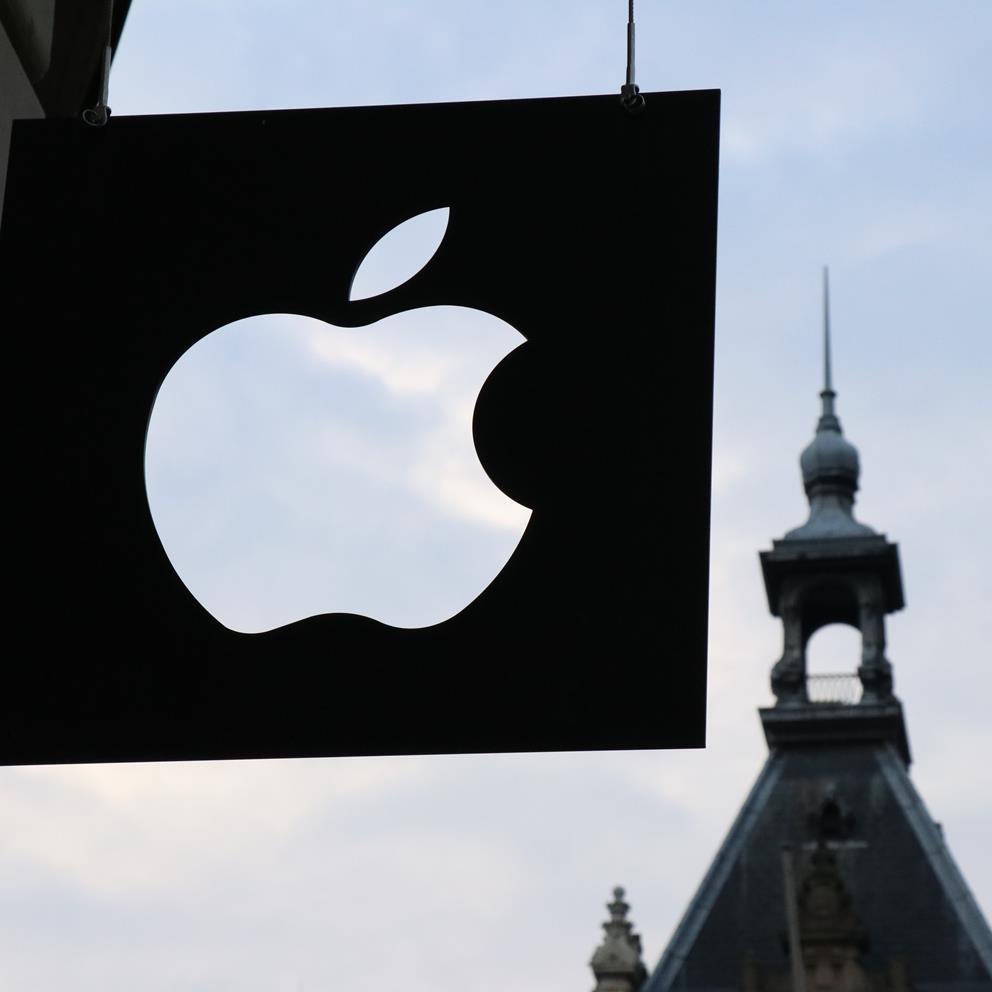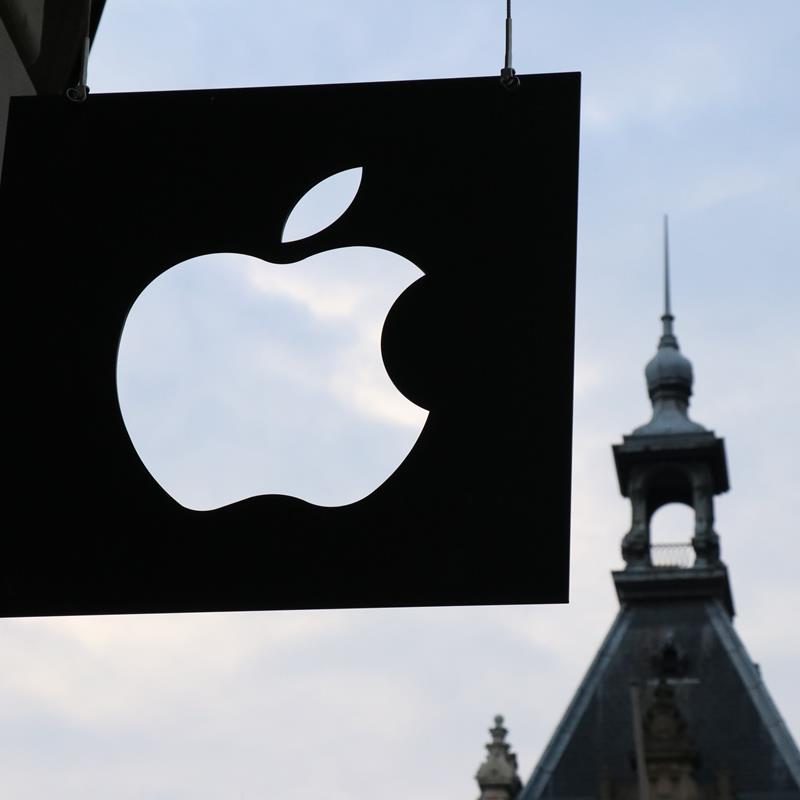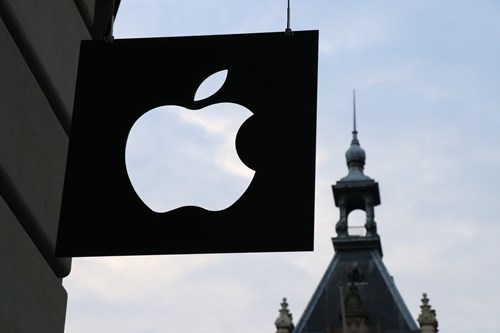

Apple - Stock in Focus
In this quarter’s Stocks in Focus we take a look at Apple as the market gets to grip with the prospect of softer iPhone sales and a transition to becoming a services company.
Apple’s stock price went into a tailspin after its 2018 Q4 record-breaking earnings report when it announced that it would no longer be providing unit sales data for iPhone, iPad and iMac in its outlook commentary going forward. Apple’s rationale was simple: it wanted to change the market’s perception that it was simply a hardware business and focus investors’ attention more towards its Services business model. ‘Active installed base’ is now the new metric investors should take note of – and eyes should be trained on the broadening range of services it would be offering customers through its App Store as a guide to how future revenues and profits will be generated.
Convincing investors that hardware sales, which accounted for more than 85% of 2018’s annual revenues, are no longer relevant as a metric of success was always going to be a big ask. Nonetheless, Apple is convinced services and its subscription model is its future, so much so that it billed its March 25th event as the ‘biggest ever’ and would only cover the new service offerings. As if to reinforce the point, management demoted hardware updates – that would usually have taken centre-stage to fanatical applause – to a series of media releases.
In fairness to Apple, it has, for some time, been trying to convince the market that it has an unrecognised gold mine in its App Store. This platform brings app developers and other content providers in direct contact with Apple’s burgeoning base of product users, while Apple takes a cut on every subscription or transaction made within it. Apple slowly pieced together this ‘cut’ into its own reporting segment in 2014 and launched ‘Services’ in 2015.
Towards the back end of 2015, we took note of the growth rate in Services and factored this into our analysis. We soon discovered that Apple shares trading around $100 were too cheap to ignore, as long as the Company was able retain product sales over a 2-year upgrade cycle and deliver on the 20%-30% growth rate within its Services segment.
In reality, the Company would go on to produce more sophisticated iterations of its product range at increasingly higher prices, such as the $1,000 iPhone X, which would blow our conservative estimates away to the benefit of the Blue Chip Strategy. Whilst services continued to deliver in-line with expectations, the narrative was still very much deviceorientated.
Whilst product iterations and higher prices can be a successful strategy, in the face of increasingly sophisticated competition there is almost certainly a line where consumers start to question whether their preferred brand is providing value for money or starting to take liberties.
Apple must know this, and the market feared as much when it reduced its transparency on unit shipments.
Read-throughs from Apple’s supply chain implied unit shipments were struggling in Q1 2019. So much so, Apple was forced to make a preearnings announcement that device sales would miss expectations. More recently, Apple has reduced prices and increased initiatives that make it easier for consumers to trade up. Whether these approaches are successful or not is immaterial, revenues, margins and profitability are likely to take a hit.
It’s clear that in the absence of another game-changing product, Services would have to step up and help stem the loss of revenue and drive future growth expectations. At just 14% of total revenue it would have to do so in a major way. Apps had done a great job up to now, developers had reaped over $120Bn in the 10 years the App Store had been going (about a quarter of that was earned in the last year alone), but something bigger would be required if Services is to become a greater contributor to growth and the main focus for the market.
That’s why the March 25th event had so much anticipation surrounding it. The hype had, in part, driven a 35% recovery in the stock price. Apple has a reputation of reinventing the wheel in a bigger and better way, which is why expectations were riding high. Unfortunately, the event didn’t meet these elevated expectations judging by the comments that followed with many left feeling that Apple had simply copied other companies’ products.
+ Arcade, Apple’s gaming service, sounded interesting and differentiated from Google and Microsoft’s initiatives, but it would transfer the development and financial risk from the gaming developer to Apple. It would also create a conflict of interest between it and developers who aren’t selected to develop for Apple, but who still wish to use the App Store to sell their games.
+ The credit card incentives were pretty much in-line with everyone else’s – although the security features were certainly original and only possible due to the integration with Apple’s digital wallet.
+ TV+’s $2bn budget disappointed when compared with Netflix’s proposed budget of $15Bn and the launch of Disney’s streaming service later this year. The announcement was also light on content, trailers and pricing.
Nevertheless, and as explained above, our investment rationale in Apple has always been focused on its Services division and we viewed these initiatives as a net positive to the rationale over the medium term. That said, we are mindful that the market is notorious for focusing on short-term results and, with the new services announced unlikely to have a meaningful impact on revenues for the foreseeable future, we would not be surprised to see some volatility if hardware sales come in lower than anticipated.



